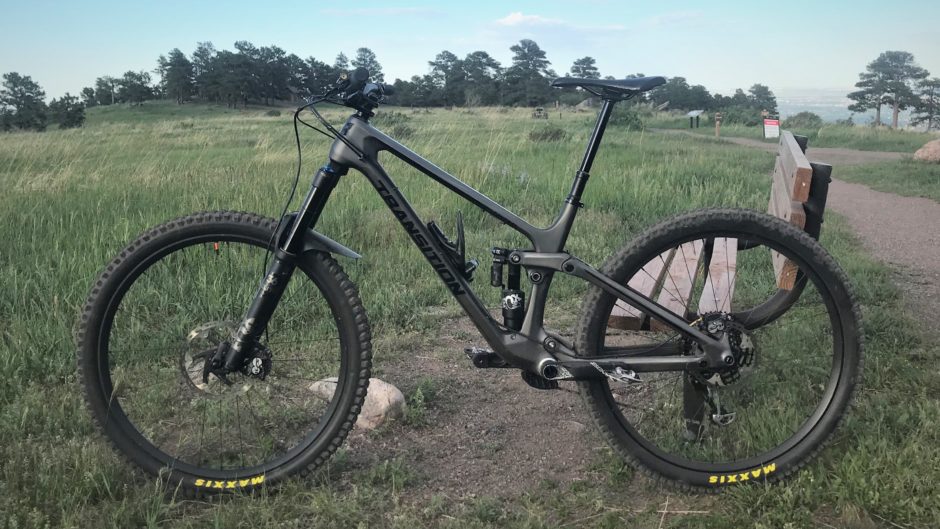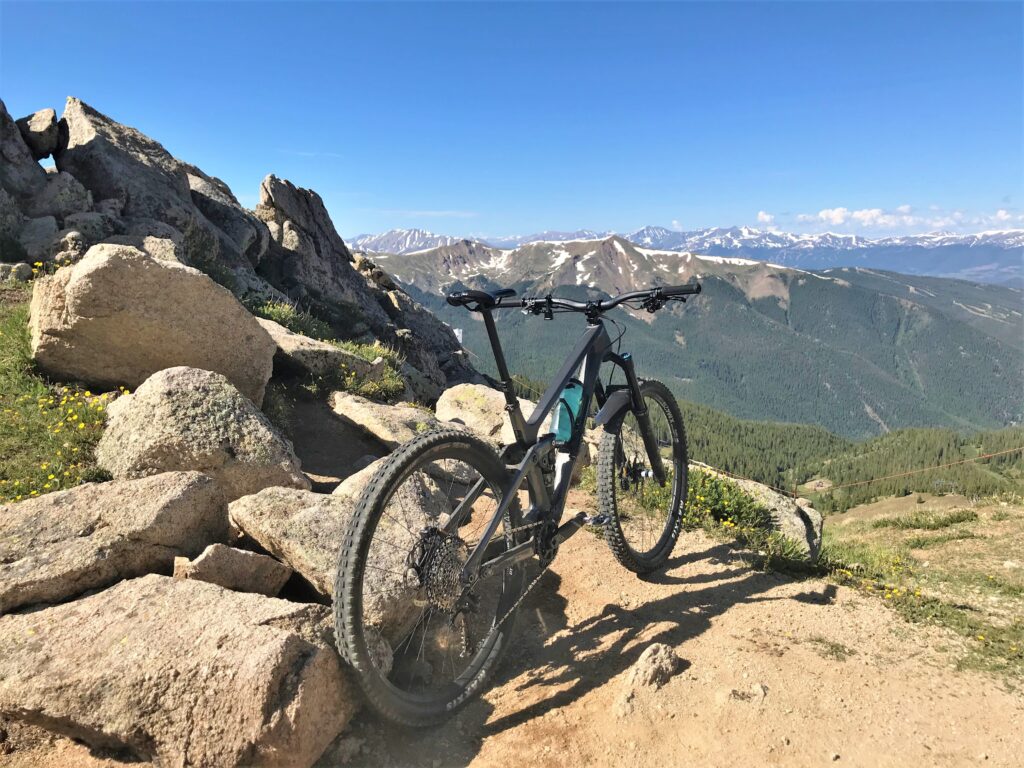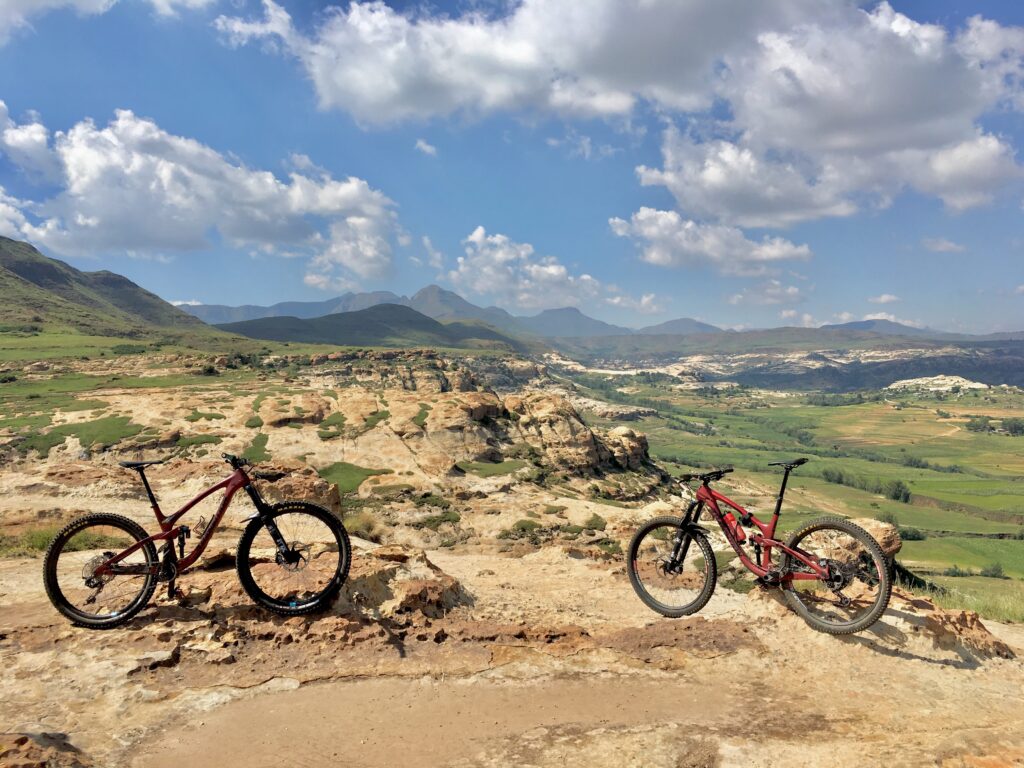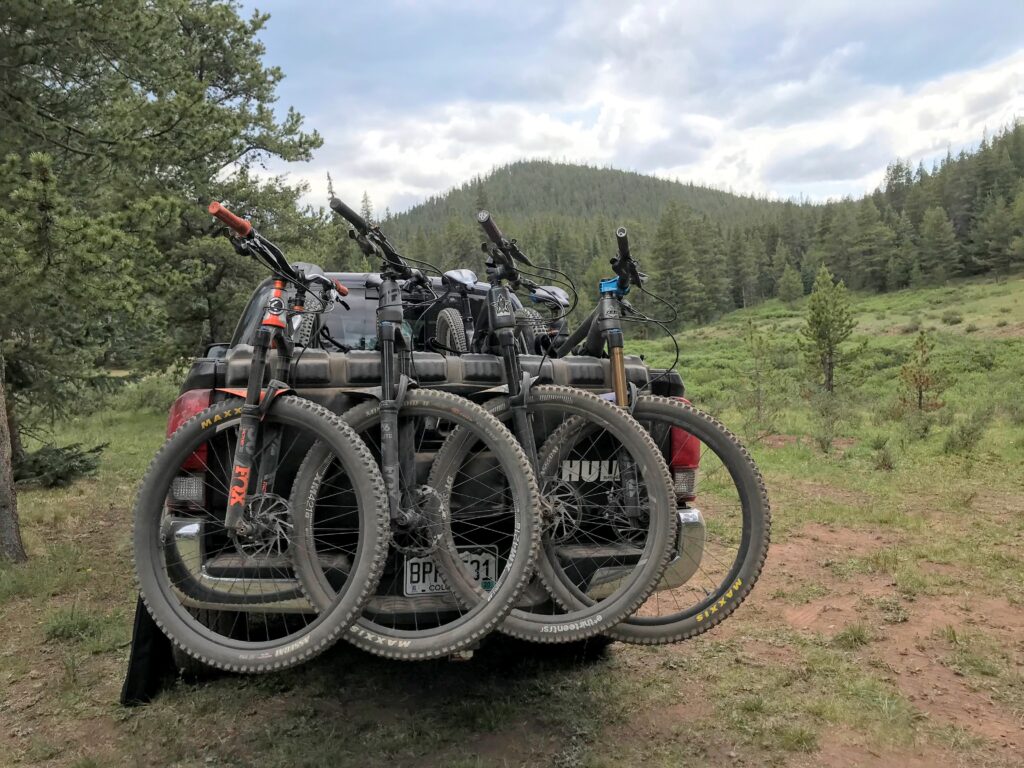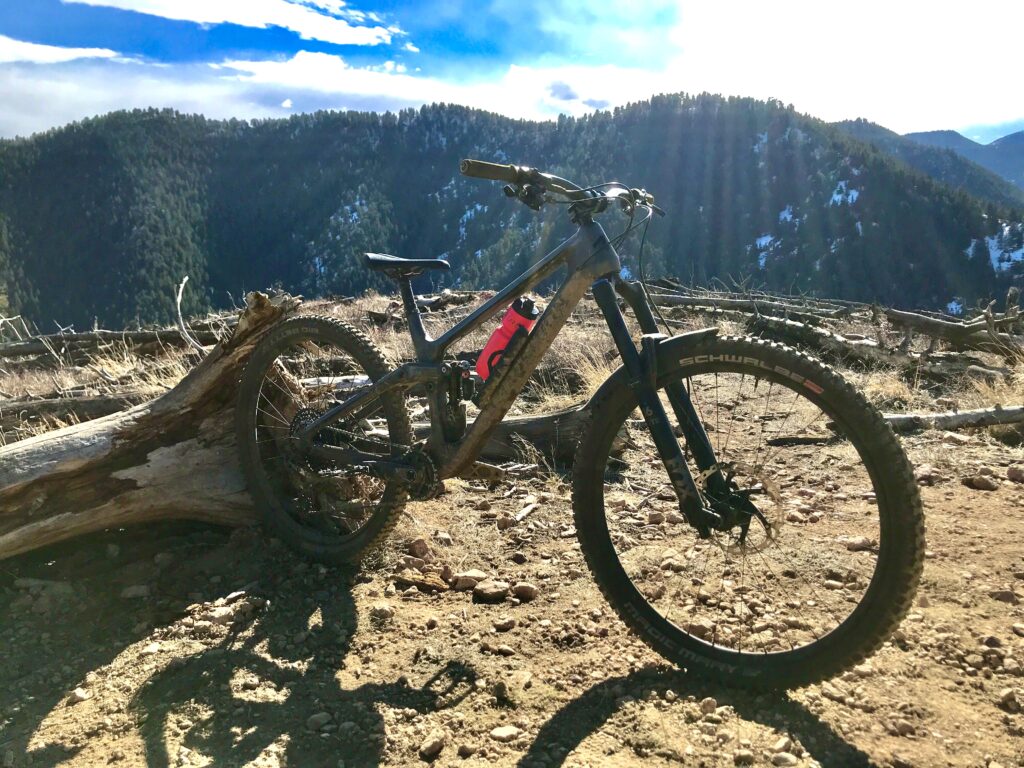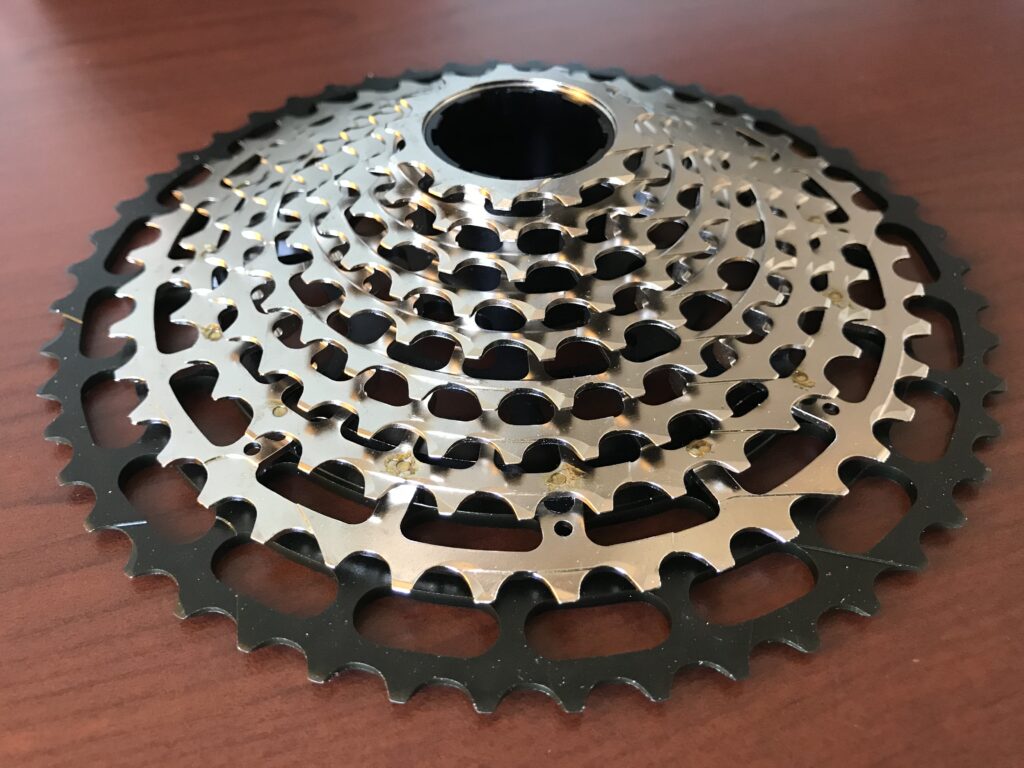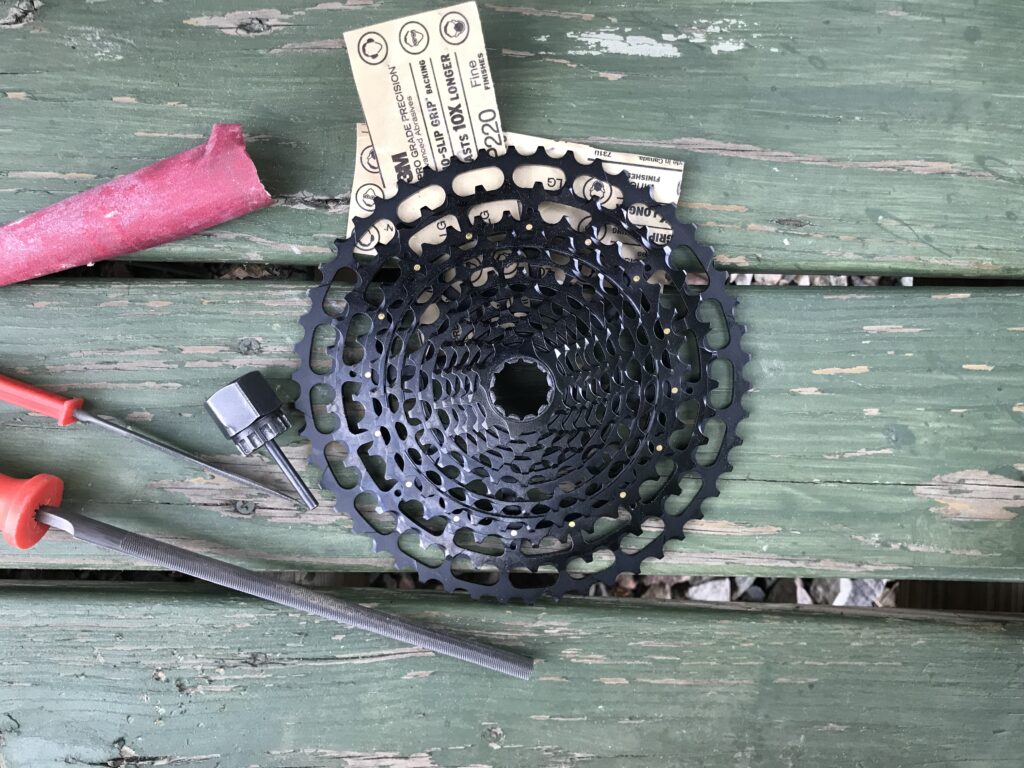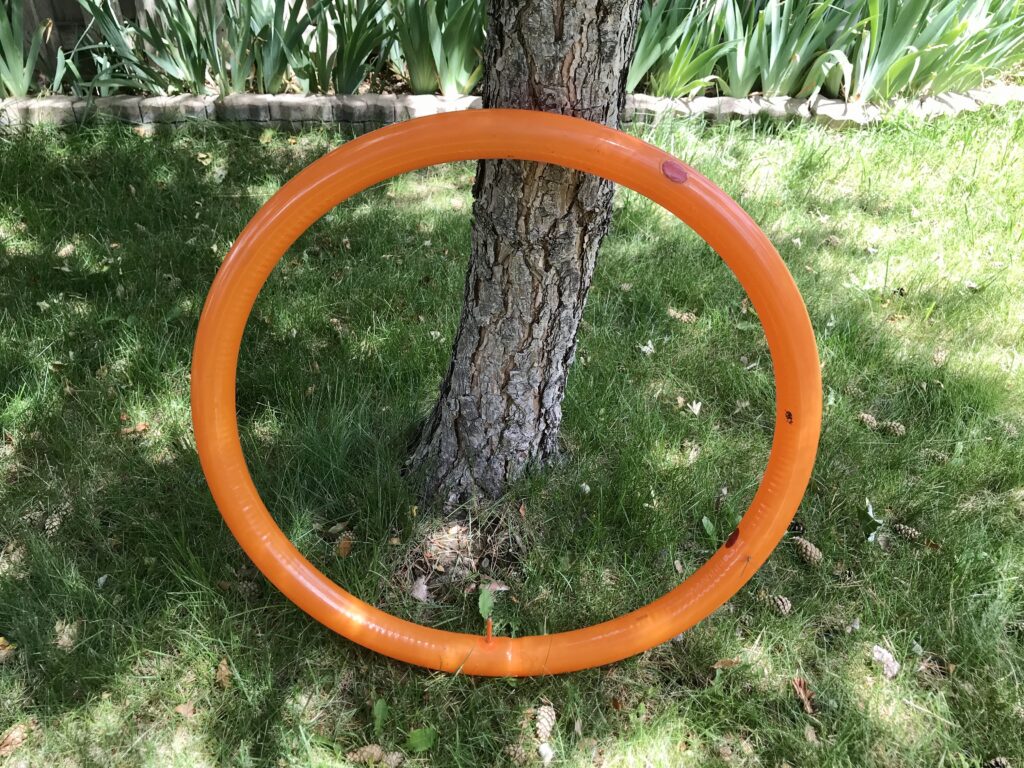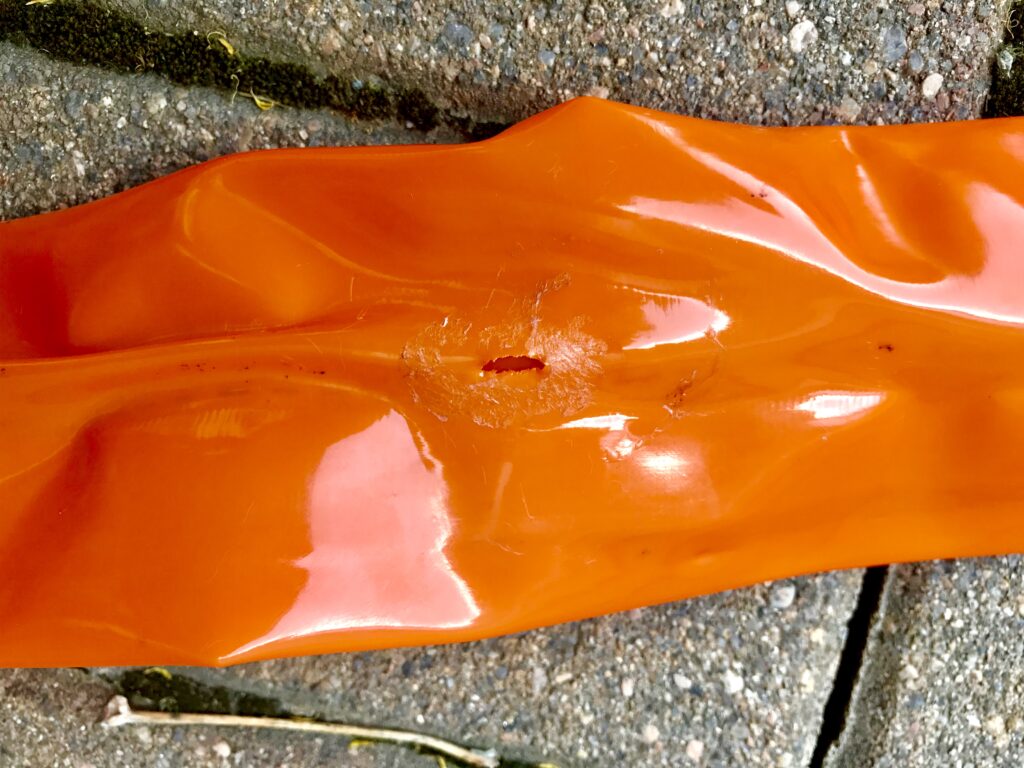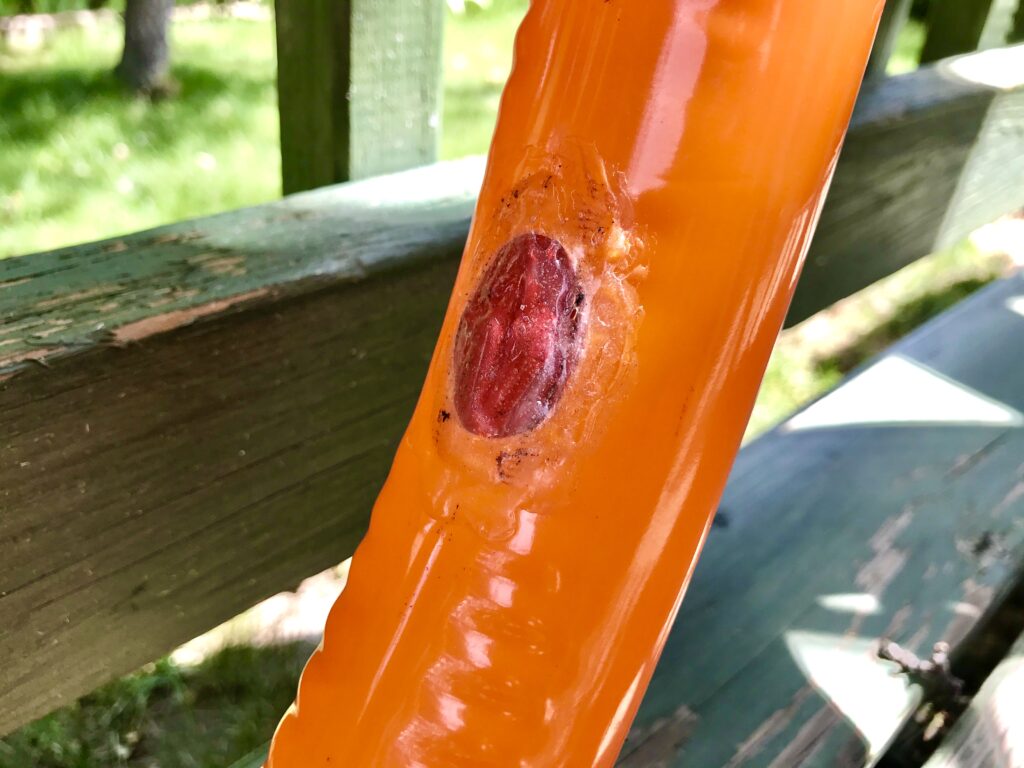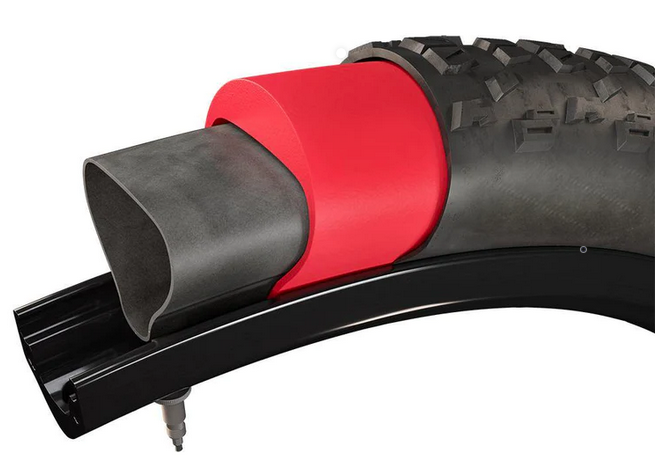
Tannus Armour Inserts
In this edition of “Things not to buy” we are show casing the Tannus Armour Insert. Not only is “Armor” misspelled, but the execution and core concept is critically flawed.
The pre-emptive TLDR:
Unless you pine for the days of replacing flat tubes, Tannus Armour is not for you. Initial impressions were positive, the product did indeed appear to protect a tube from those nasty snake-bite punctures that plague tubed setups. However, this only lasts for so long.
Eventually the tube will compress the insert to a point were it becomes more or less ineffective… and then you will puncture the tube. It is only a matter of time. In the end, it is probably more effective to just run a DH tire and higher pressures if you really must hold on to your tubes. I wish you the best of luck.
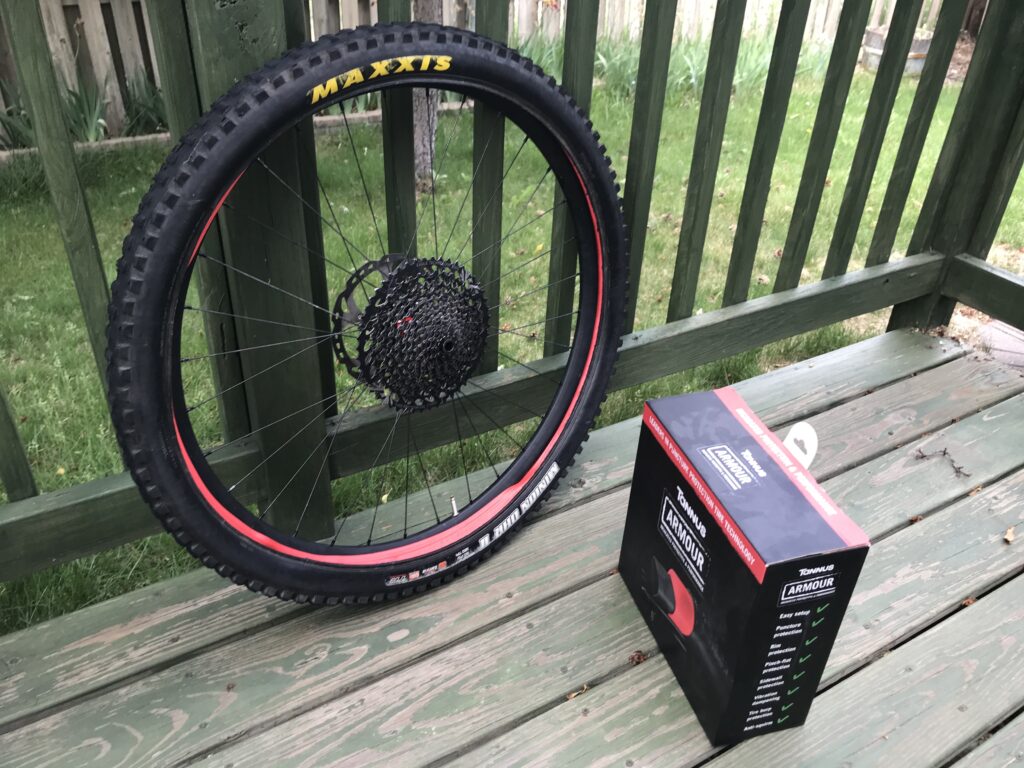
The Full Story
Here’s the pitch:
Wouldn’t it be great if we didn’t have to mess with that whole tubeless setup nonsense? Air compressors, sealant, and copious amounts of cursing. Since we are filling our tires with foam anyways, why don’t we just wrap that foam around a tube? Brilliant!!!
With a sufficient buffer between the tube and tire casing we can theoretically (very theoretically…) eliminate pinch flats all-together. And pinch flats are the primary cause of pre-mature tube deaths. Indeed, if we add enough foam, even thorns and possibly nails shant possibly penetrate all the way to our supple and vulnerable rubber tire bladders.
Go on, you say? Well similar to running a tire insert in your tubeless setup, you gain additional damping and chatter-reduction. You even might be able to run lower pressures. That sounds great! We might never have to deal with Stan’s white-liquid hate ever again!
The thing that the engineers over at Tannus might have missed is that when pressure is applied to air-filled foam cells, they tend to compress. Regardless of the density, this effect translates to your foam pool noodle becoming a foam spaghetti-noodle… or is it more rigatoni?… either way your foam no longer has that cushioning property required to keep your suspect theory afloat. And one, or possibly multiple rides will end in sadness.
Do yourself a favor and don’t buy this half-assed attempt to re-live the tubed glory days. Tubeless is here to stay and we all should just accept it.
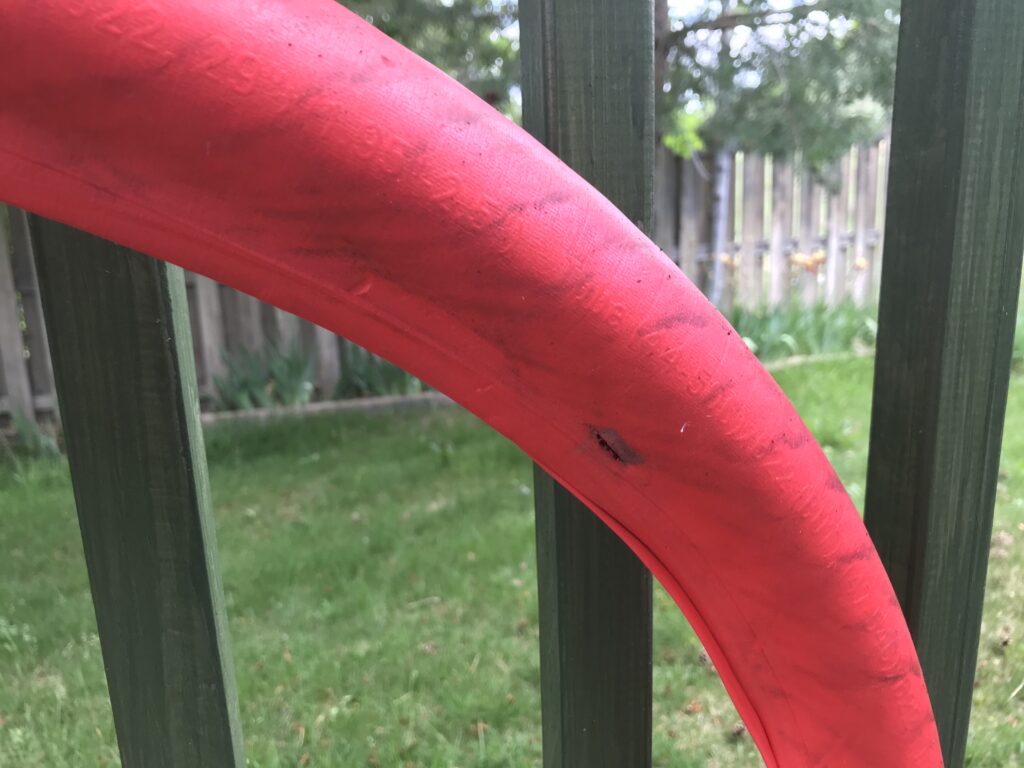
This experience is based on our extensive hands-on testing (a sample size of 2 — myself and one curious and somewhat unfortunate riding buddy) over the course of a season that included endless local Front Range test laps (primary White Ranch) and several park days. This product had an effective life of just under half a season.
Read more about the Tannus Armour Insert (and possibly other products and inserts you probably shouldn’t buy) at Tannus’ website.


